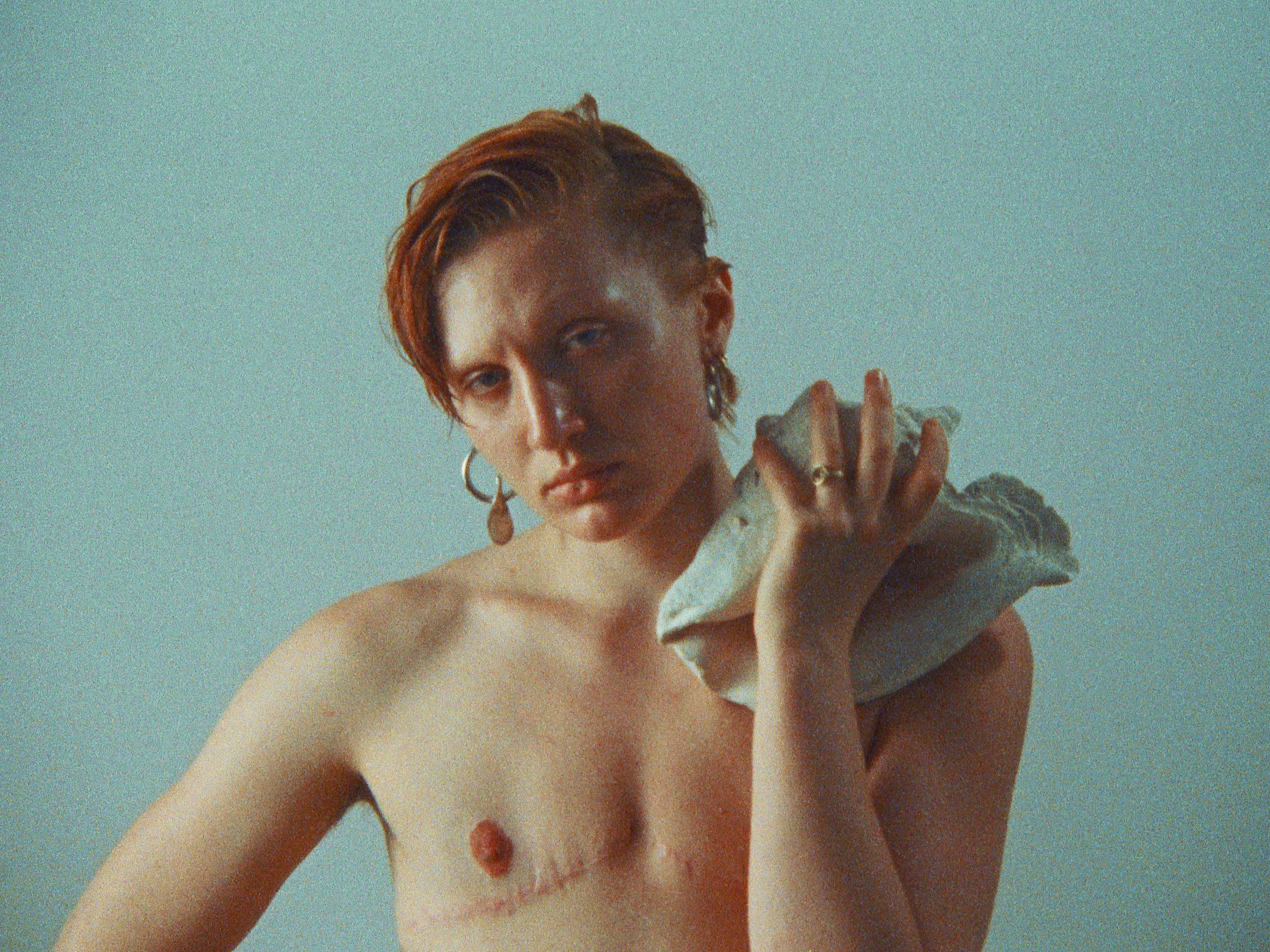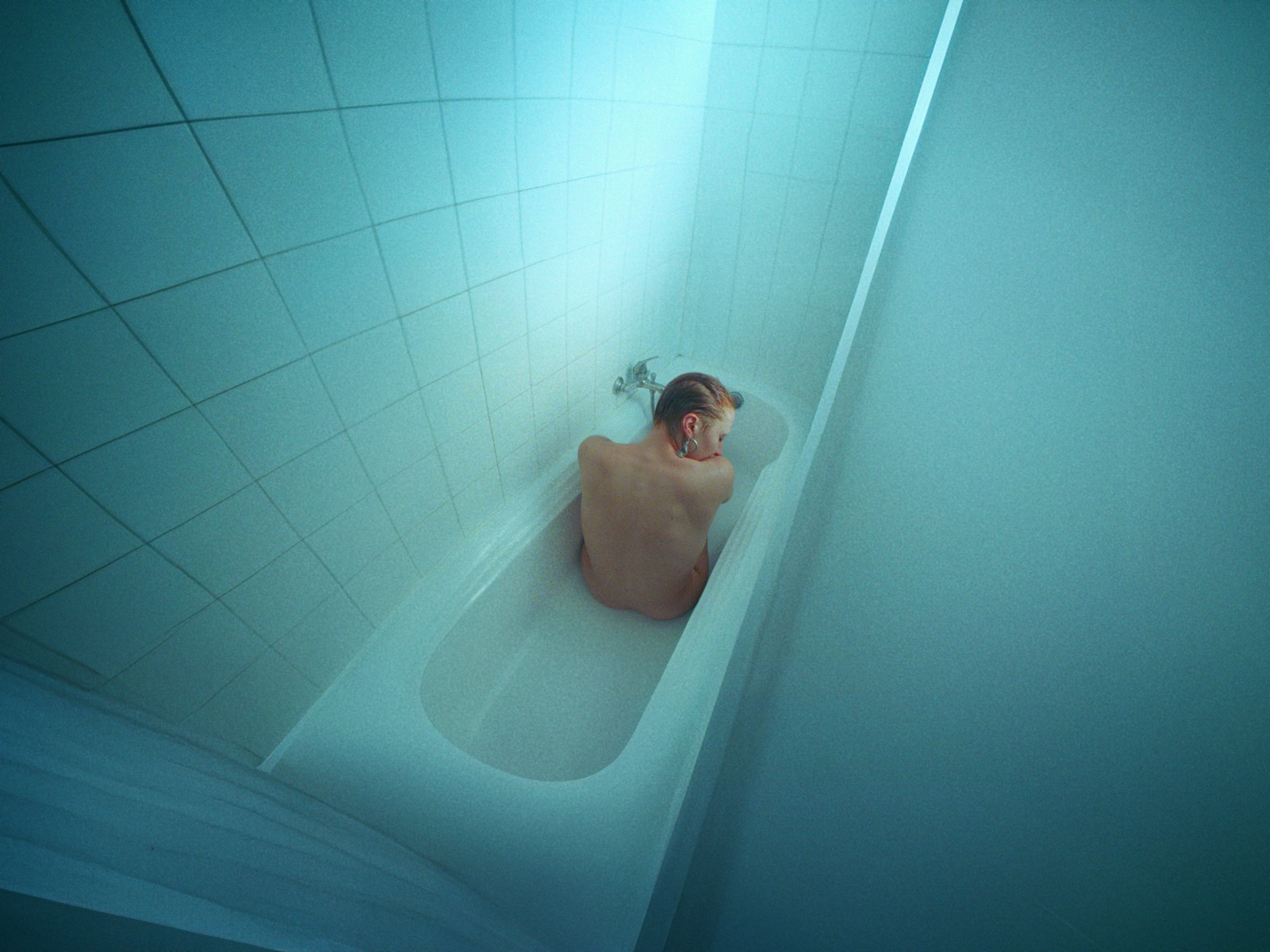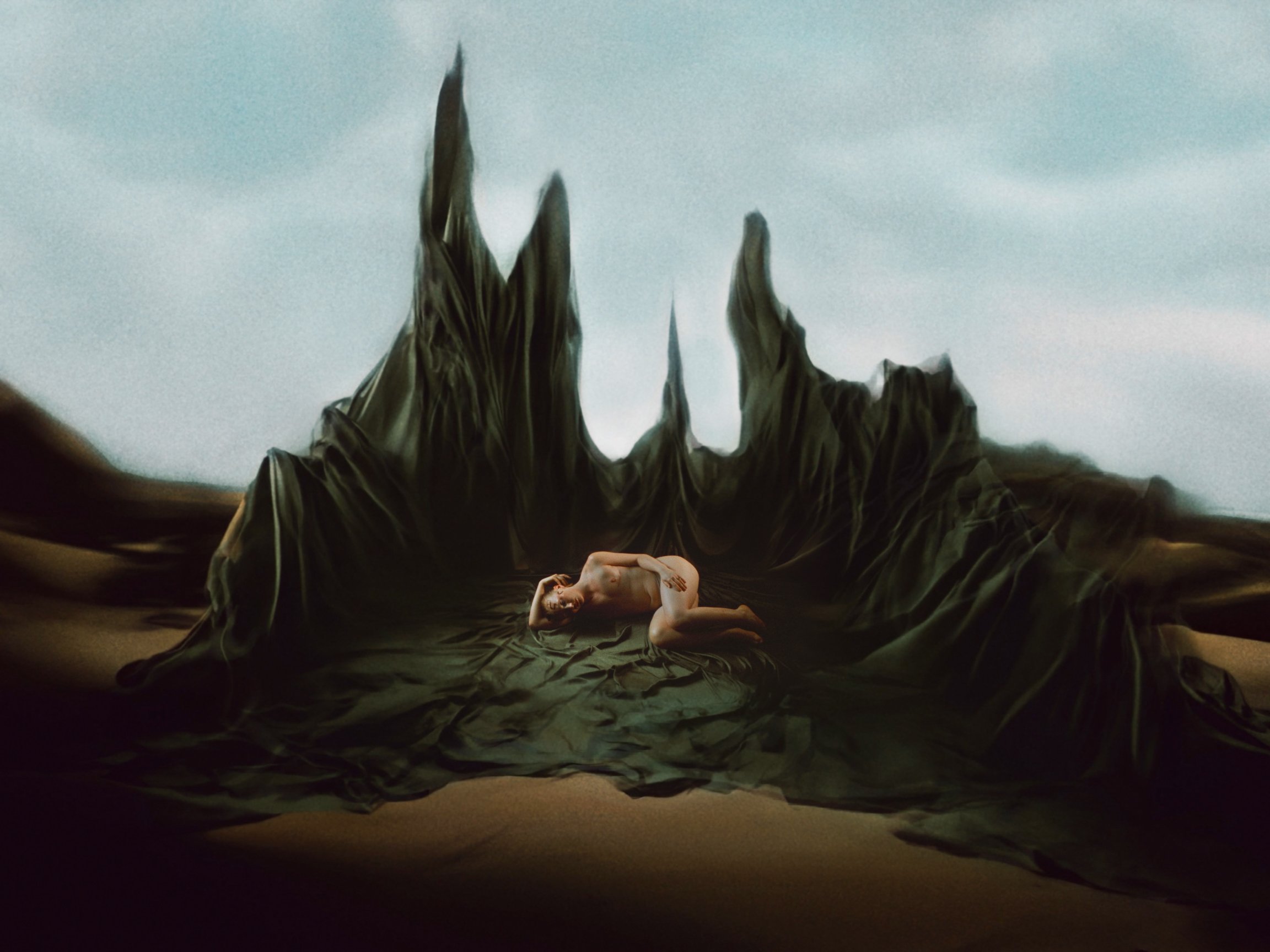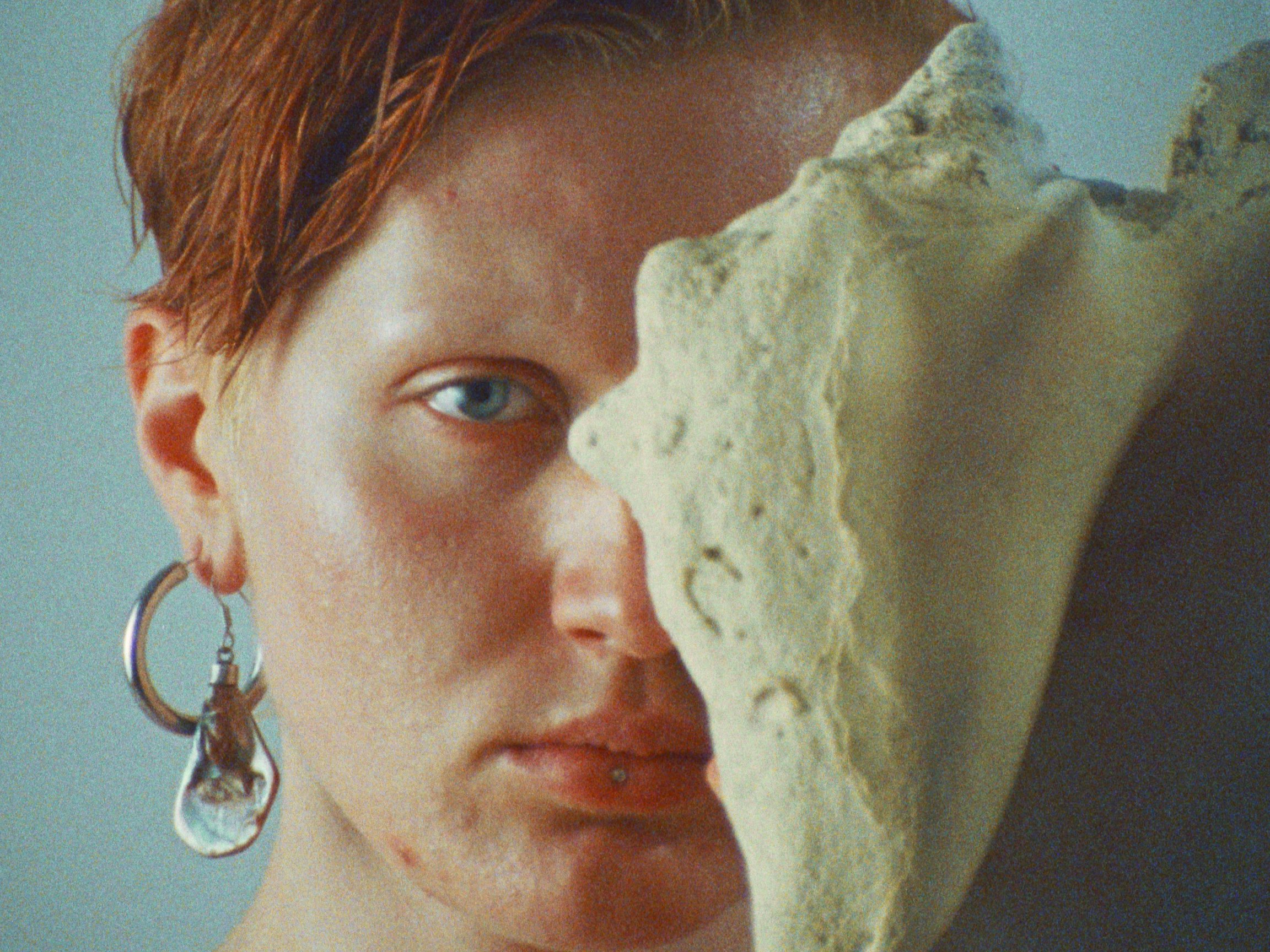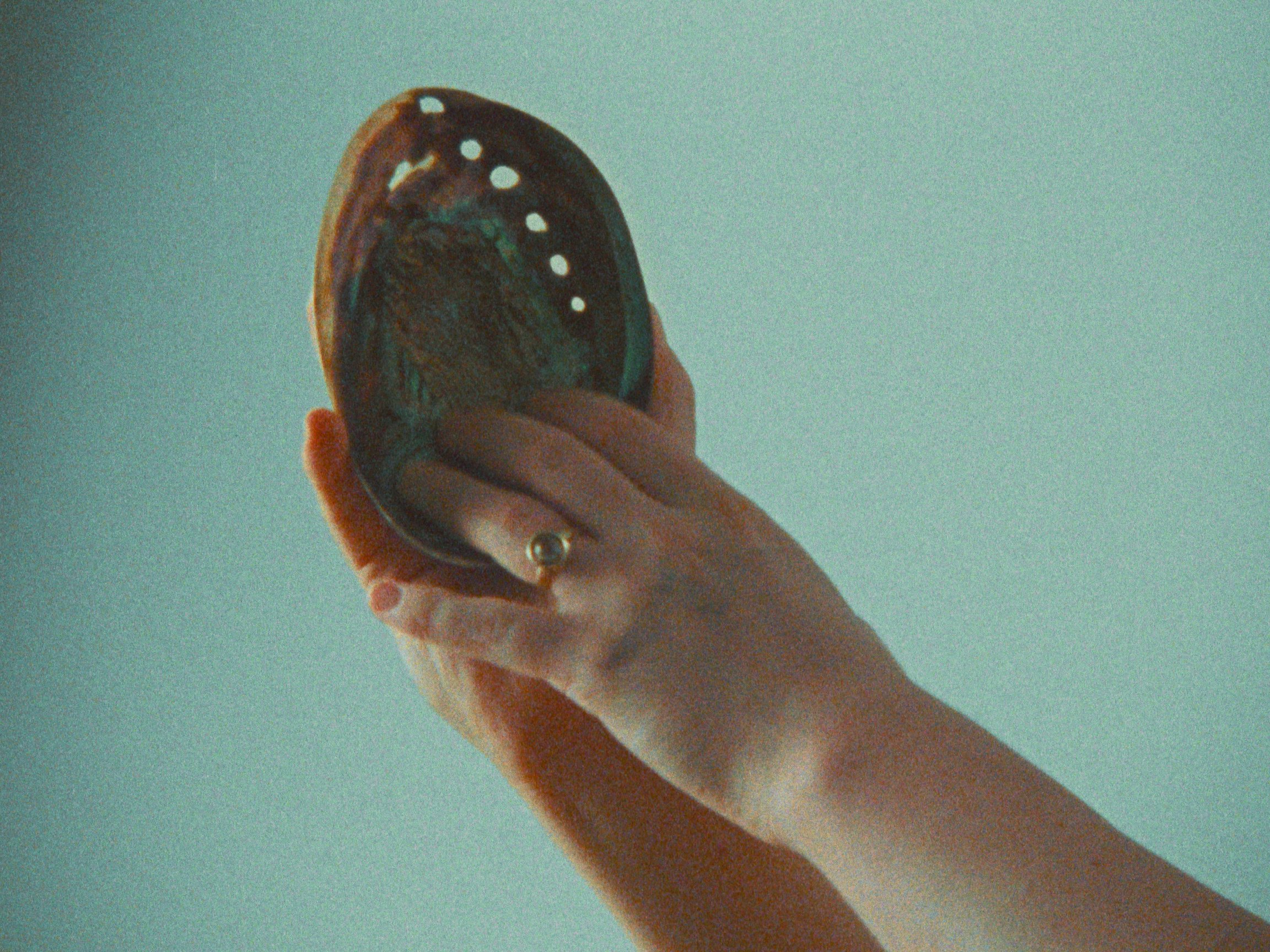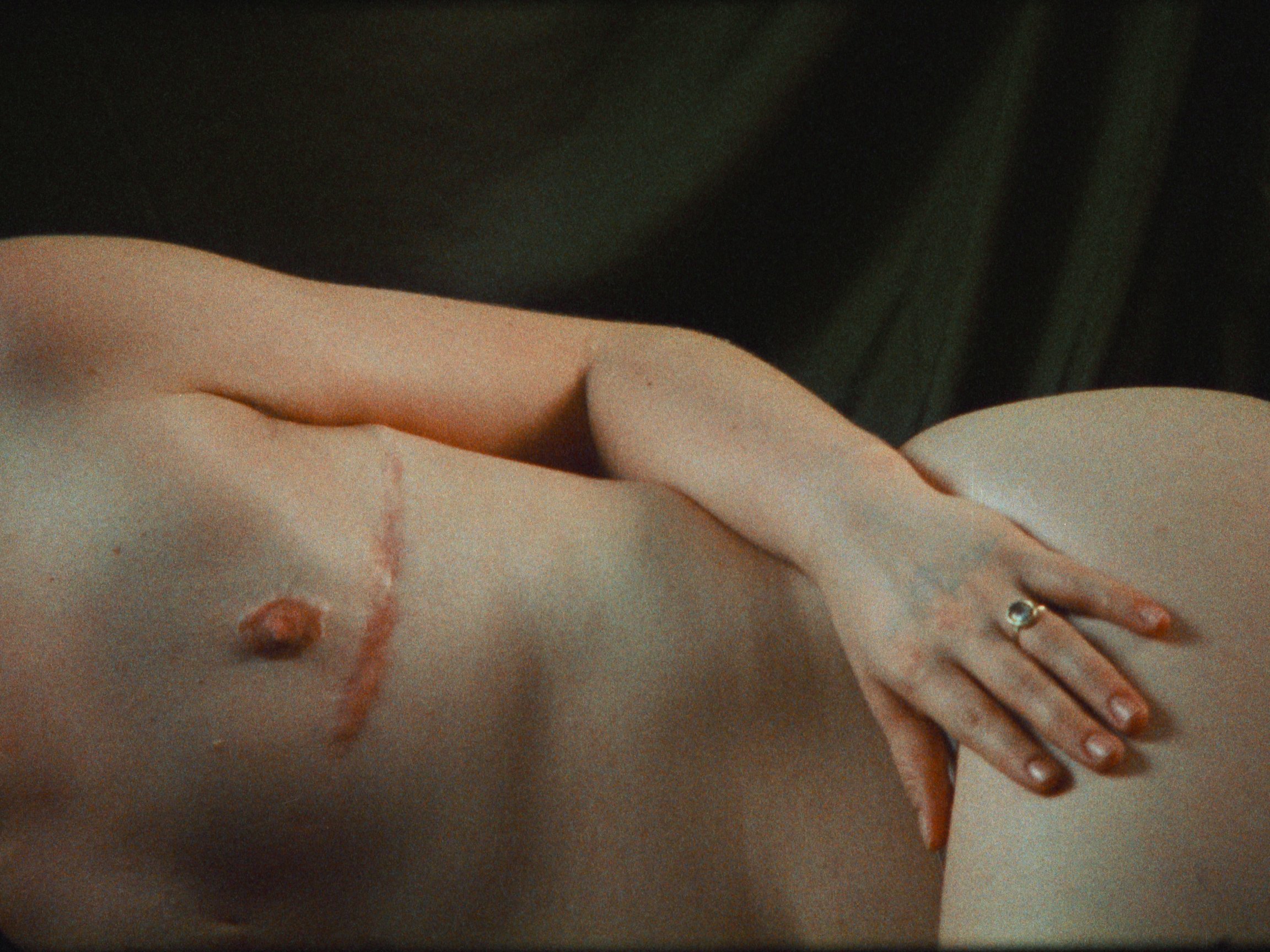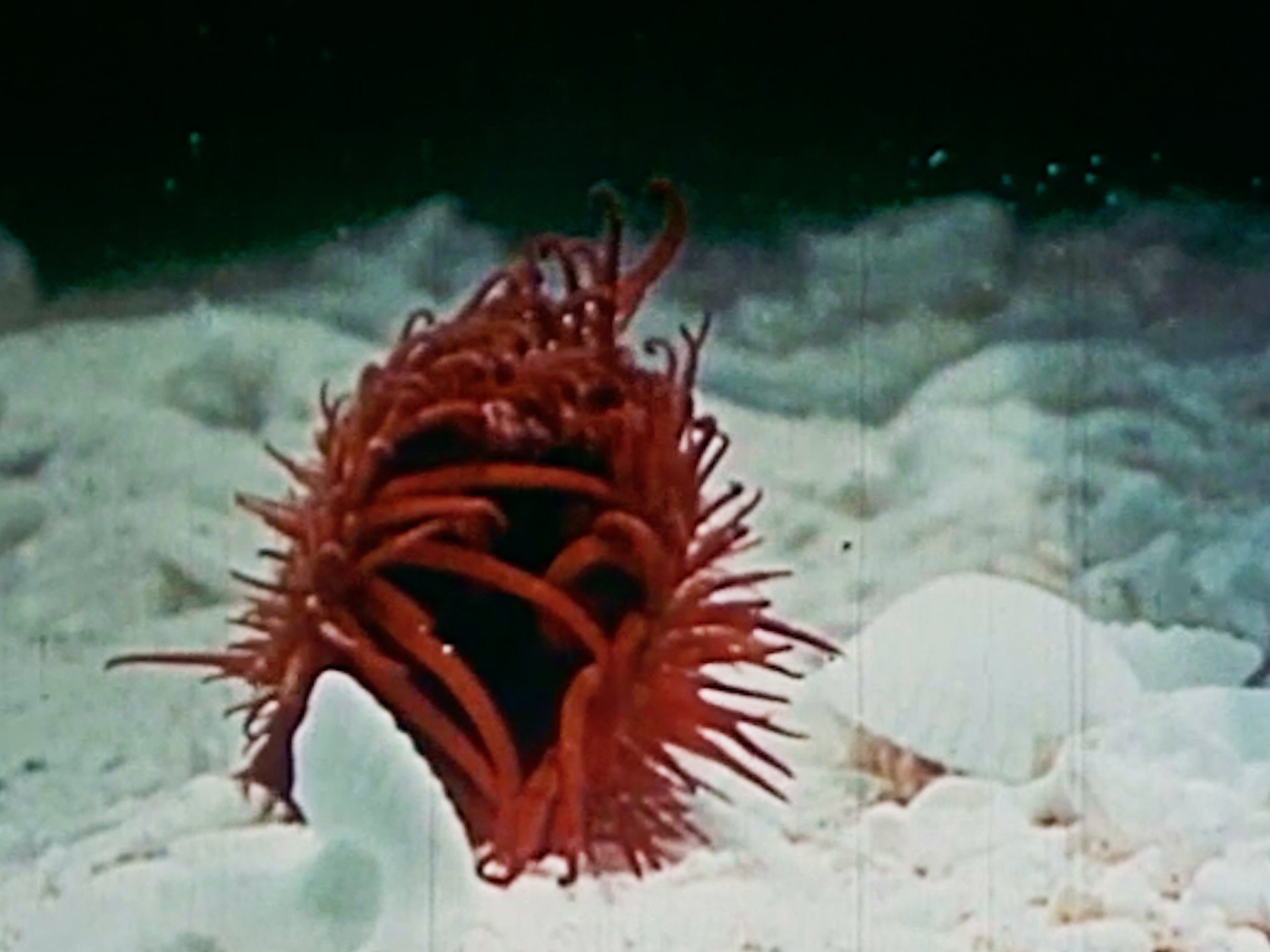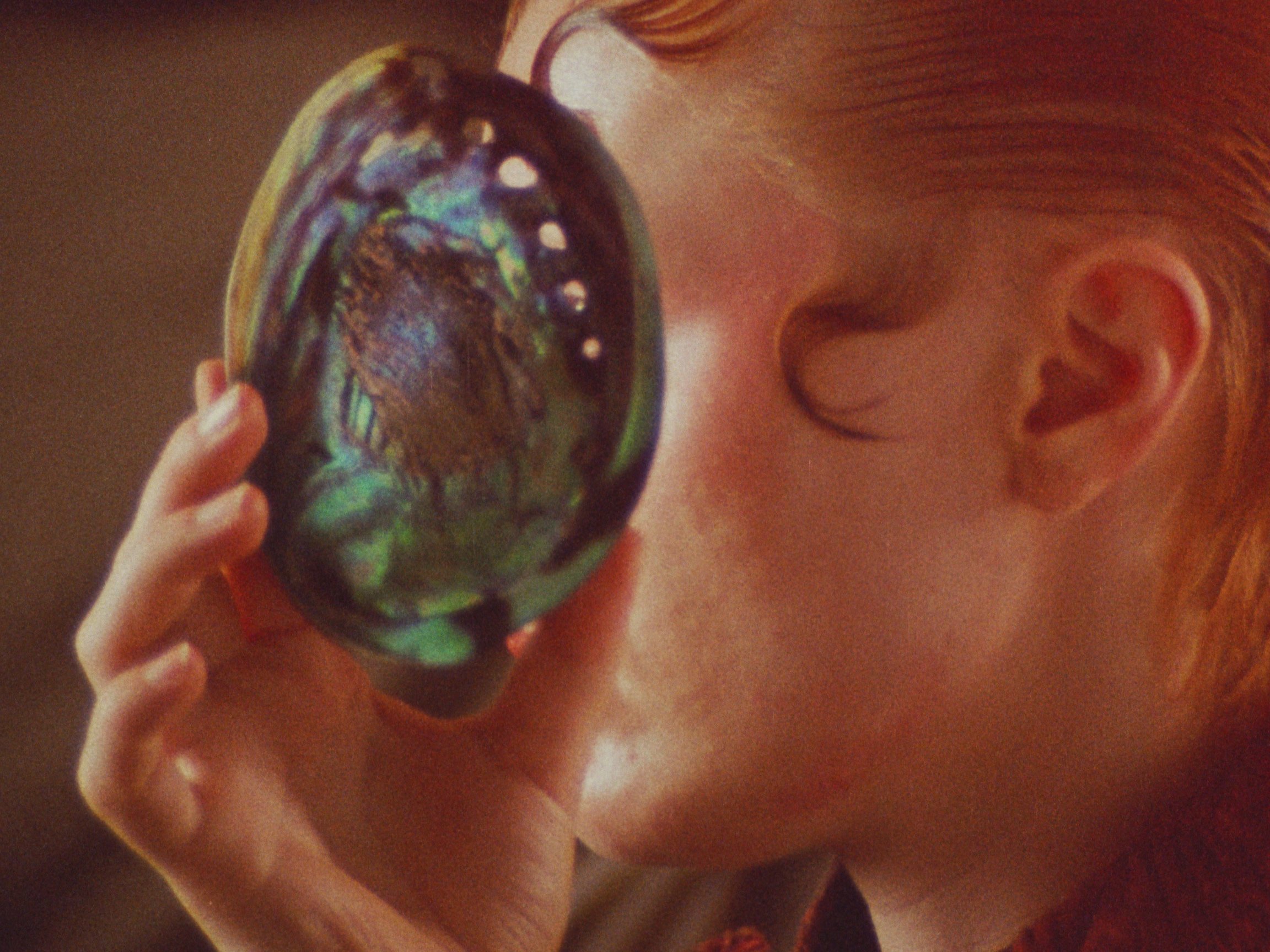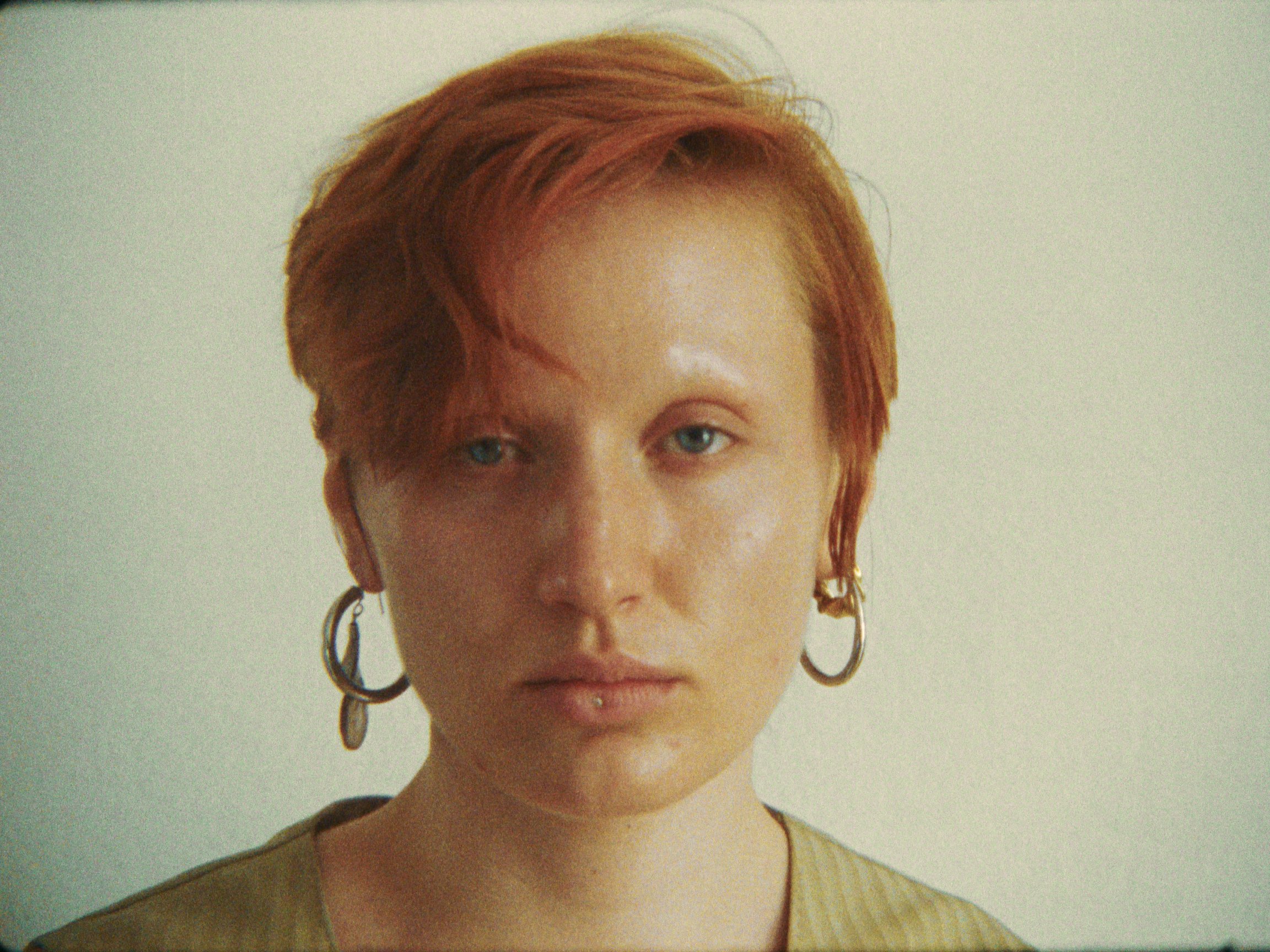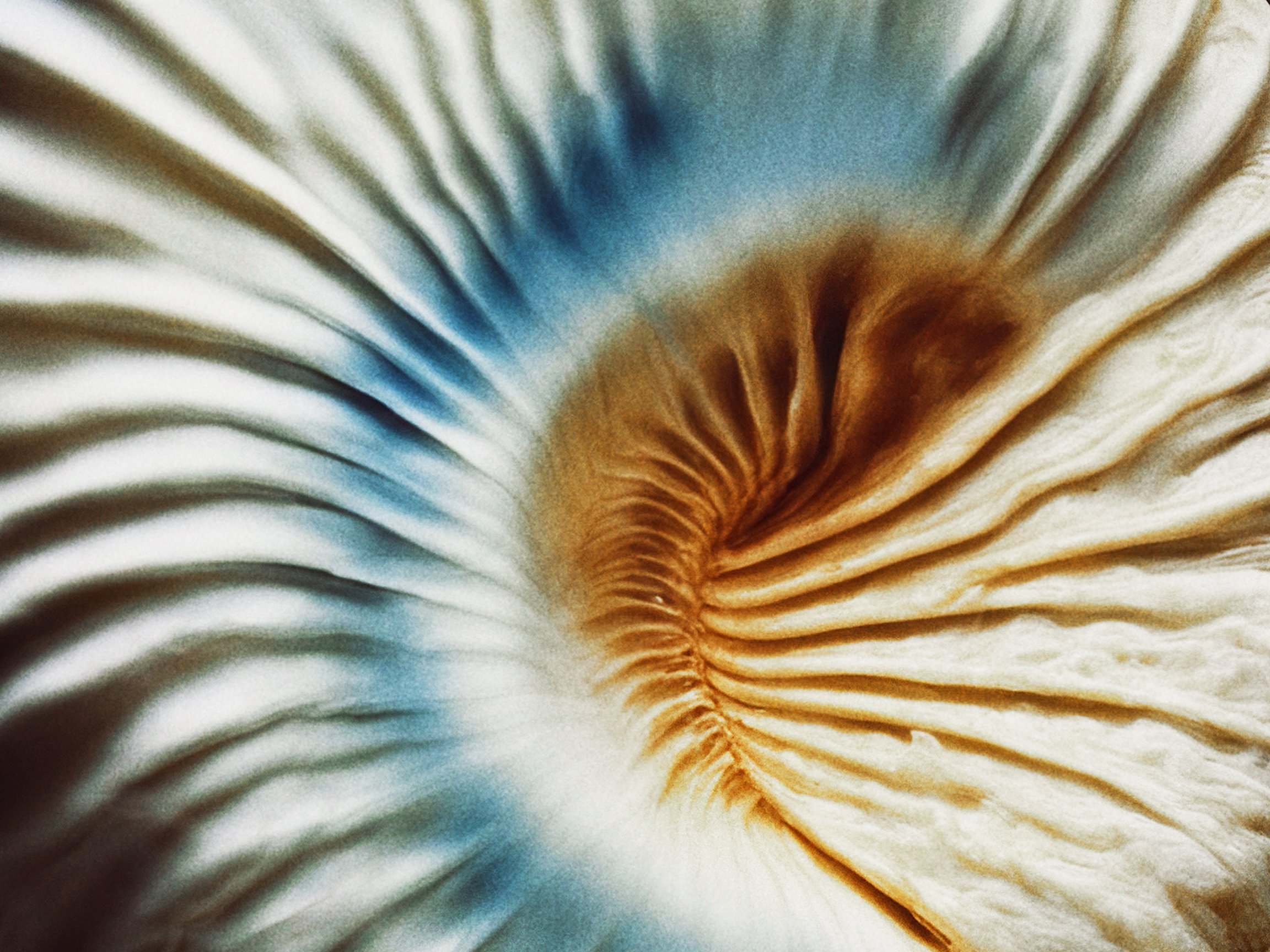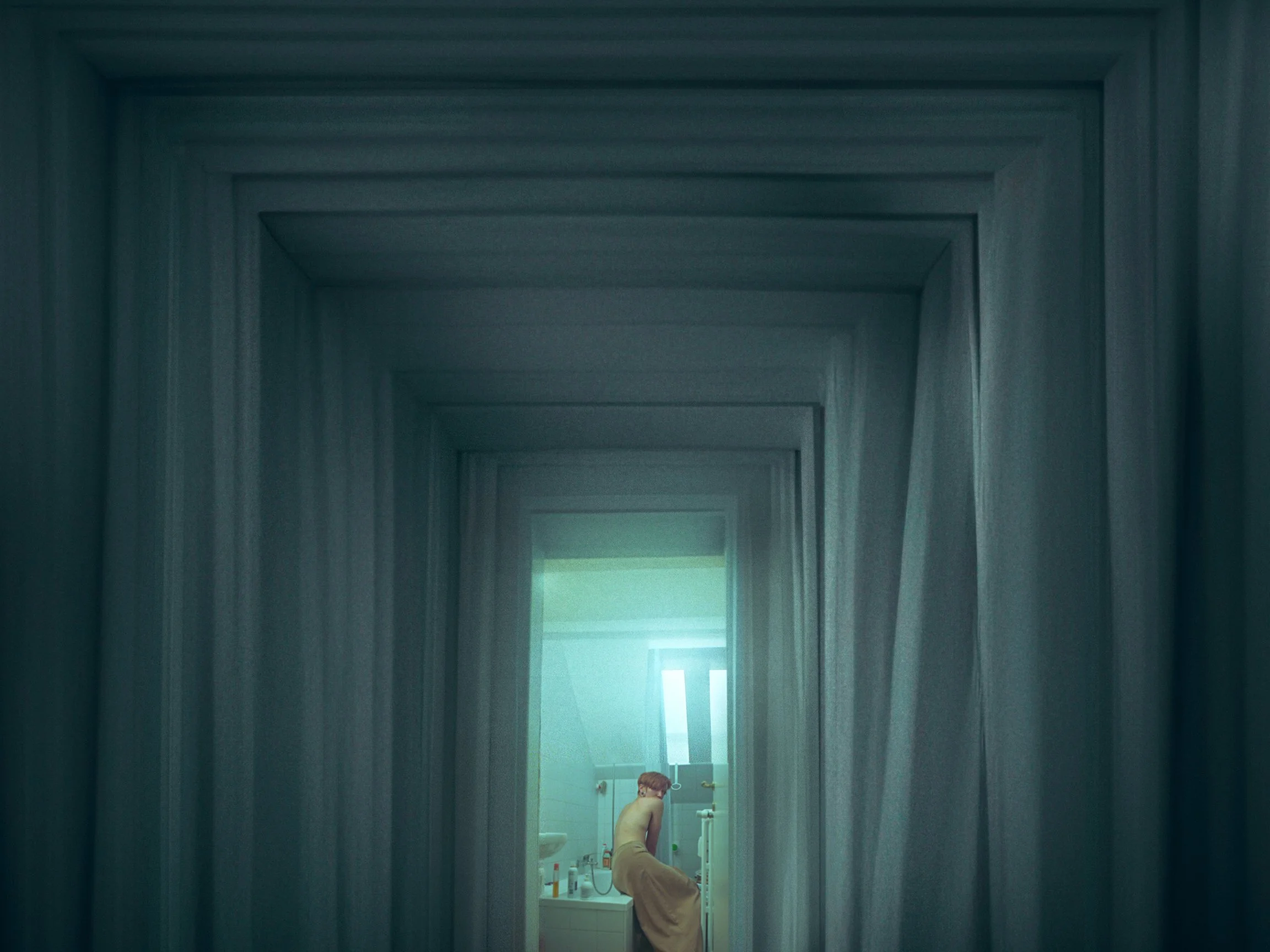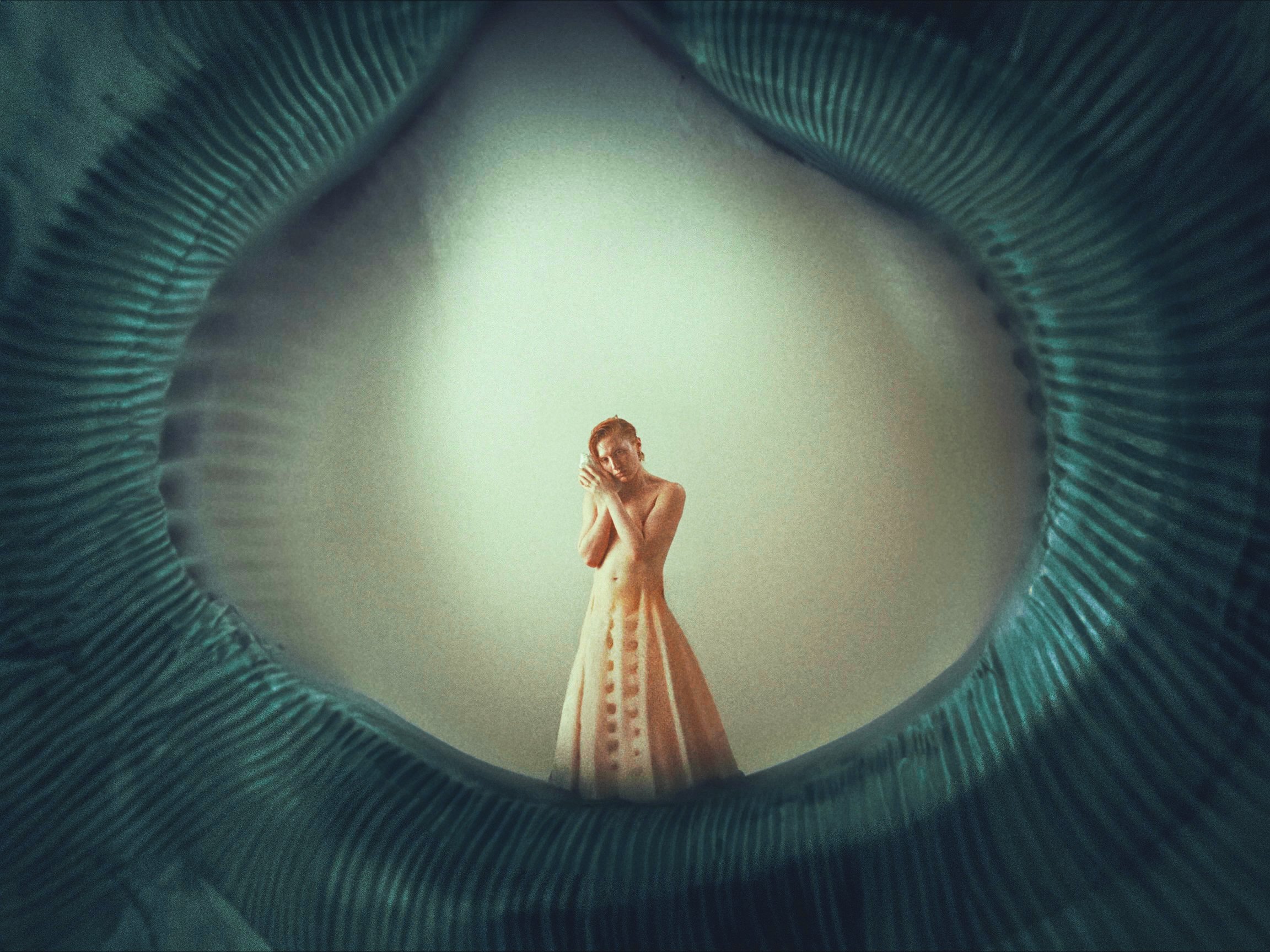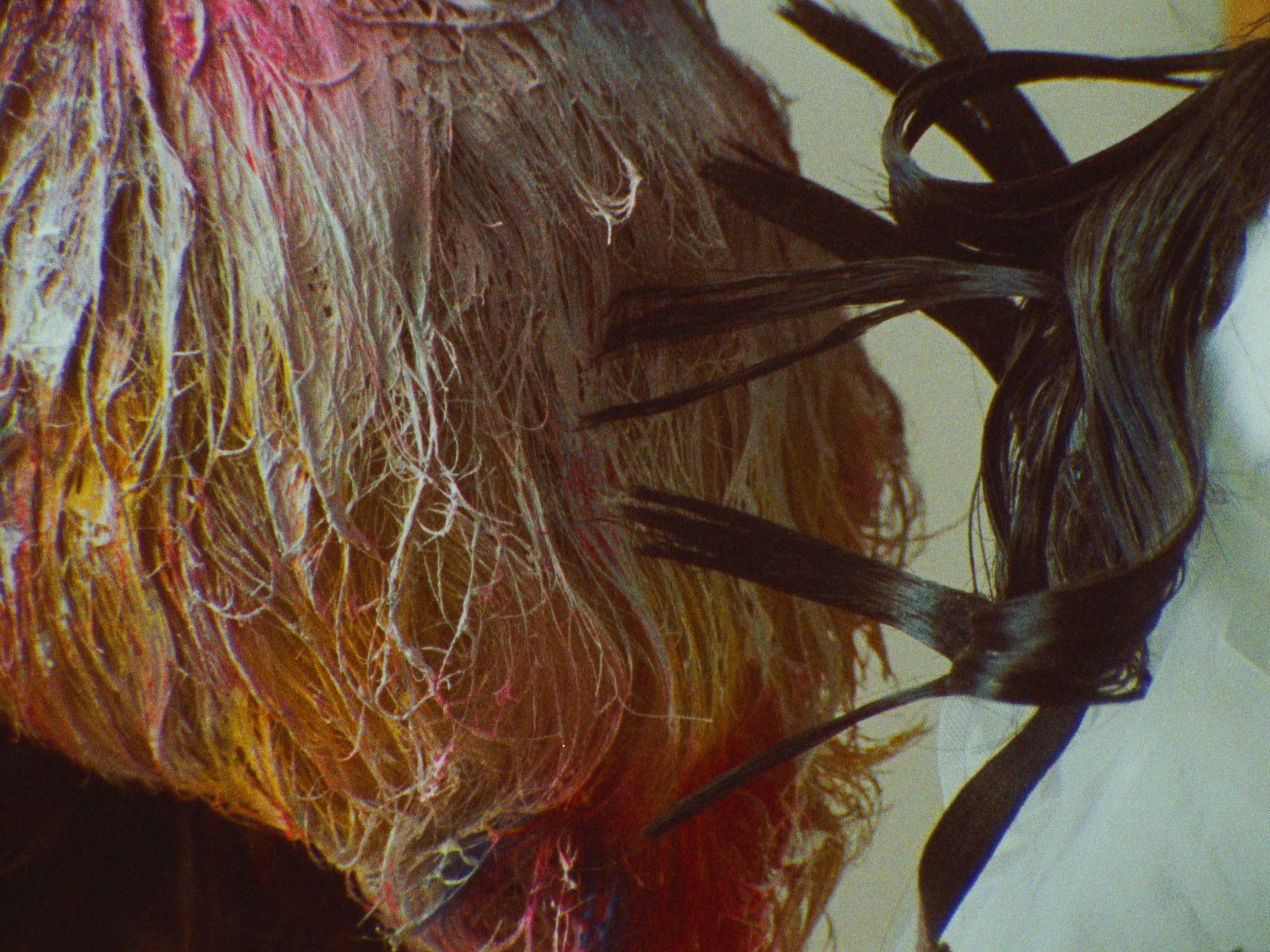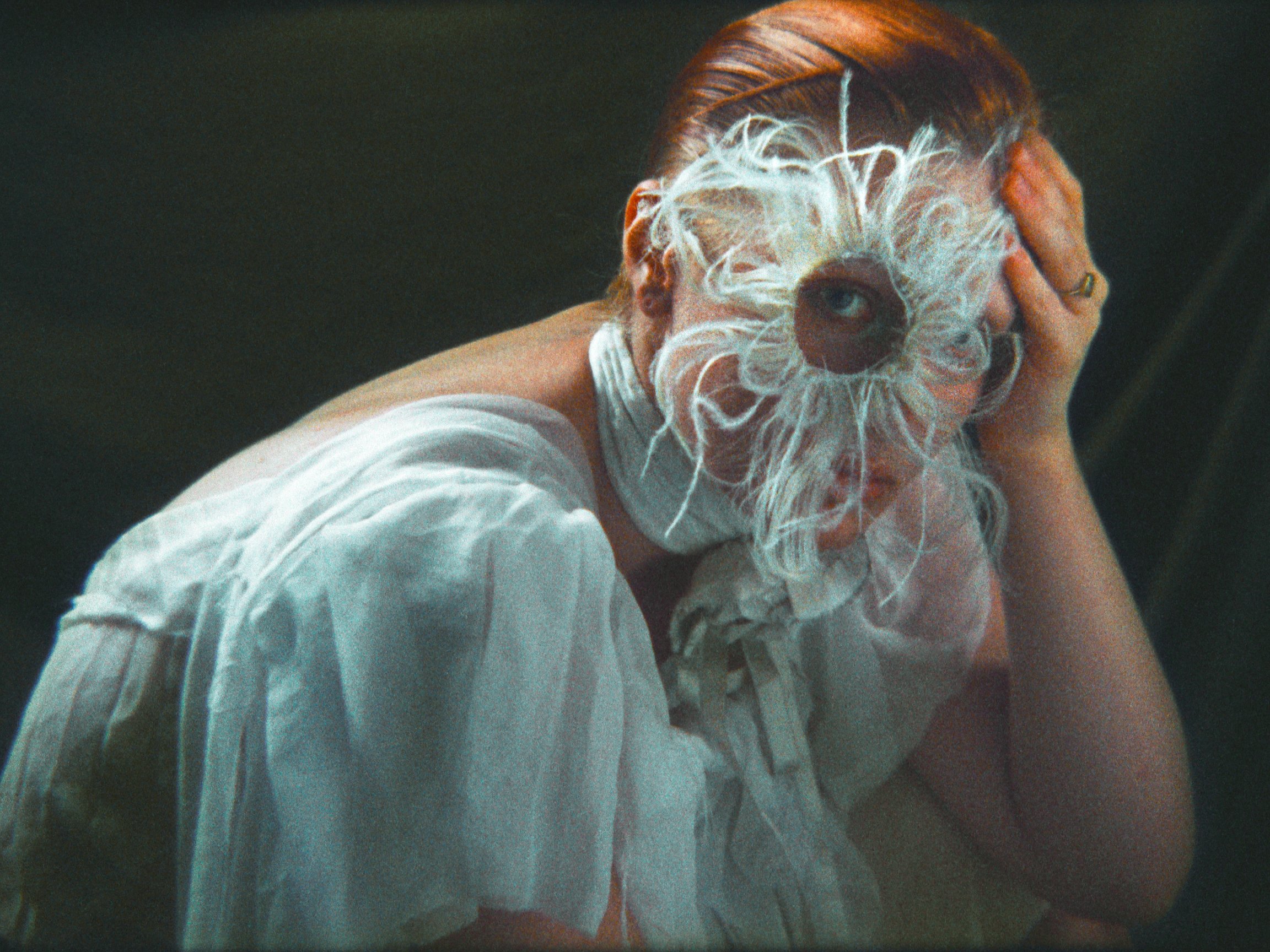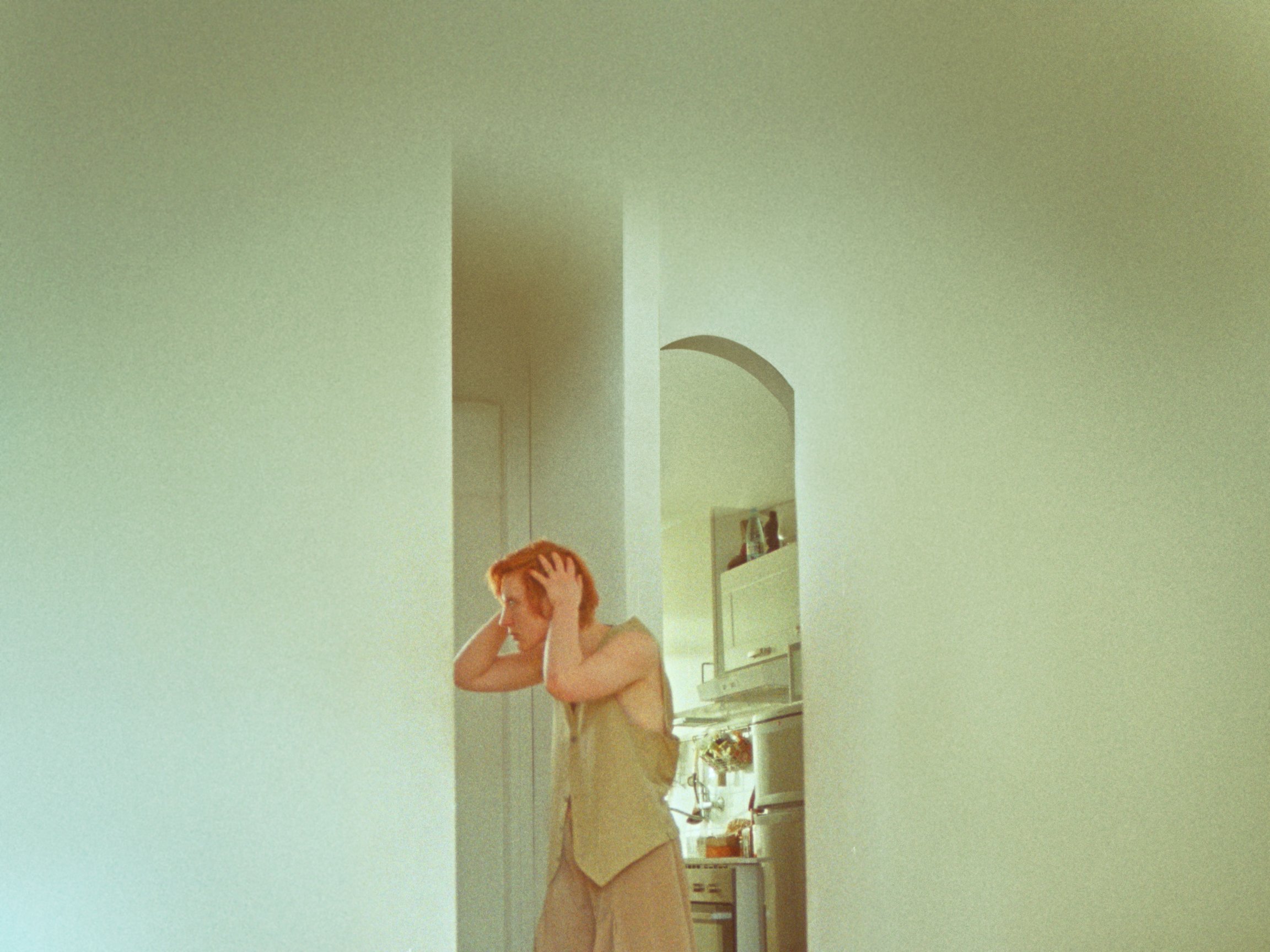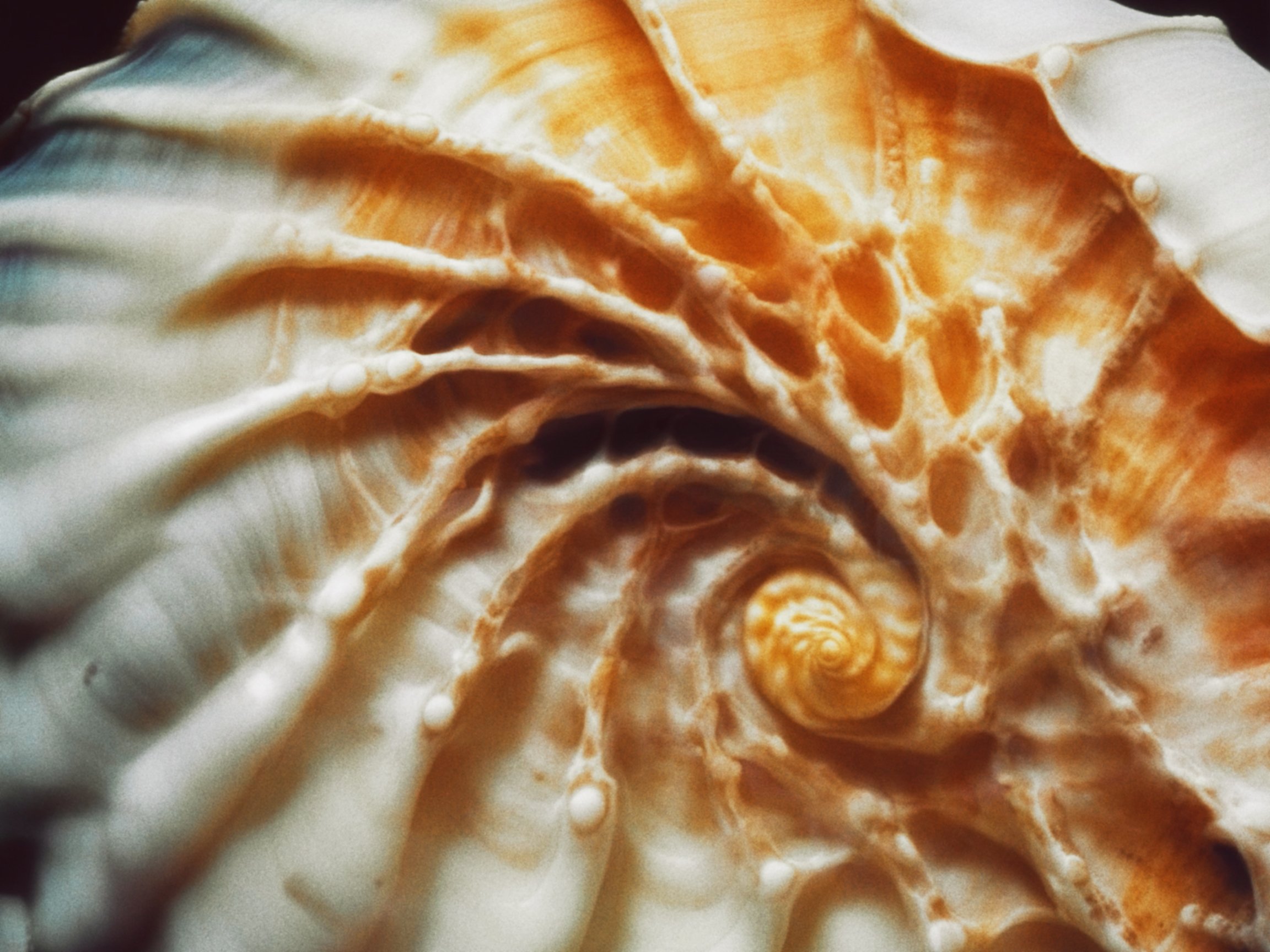Nettuno: Birth of a Shell
Queerness as an ever-changing identity
Directed by Emma Scarafiotti
Nettuno: Birth of a Shell delves into the exploration of queerness as a post-human utopia, challenging the conventional notions of identity. Drawing inspiration from Paul Valery and José Muñoz, director Emma Scarafiotti discusses the symbolic significance of the shell, representing the queer body's defiance against temporal, spatial, and social constraints.
Nettuno: Birth of a Shell explores the concept of queerness as tied to a post-human utopia, breaking away from crystallised human conditions. Can you elaborate on the inspiration behind framing queerness in the context of a utopian, post-human ideal and how it challenges conventional notions of identity?
I believe that the real potential of our body and identity can be found in acknowledging a queer identification in each individual. To express this, I personally see a hybrid identity as a utopian condition in which the self can be fulfilled by a sense of wholeness that challenges present distinctions and restraints. A self that pushes its boundaries to new encounters and identification, for instance, with those of other species.
The shell is a central metaphor in the film, drawing inspiration from Paul Valery and José Muñoz's writings. How does the shell symbolise the queer body challenging temporal, spatial, and social constraints?
Nettuno mirrors himself in shells and other elements of the sea, revealing his symbiotic connection to them. Their nature influences and comforts him during the process of transition. So, I explored clams and shells as a metaphor for a never-fixed being, finding an answer in Homme et la Conquille by Paul Valery. He describes shells as an example of continuous reconfiguration, inviting humans to learn from these rare artefacts. Their architecture and shape are not yet completely understood as a process of transformation.
The film emphasises the body as a shell to be abandoned for a new one, reflecting the internal self's need to break free from societal, gender, and temporal constraints. How did you portray the themes of transformation and metamorphosis through the visual narrative, the script, and the subject's expressive movements?
I filtered the process with a poetic intimate visual language, altered by a distant voiceover—a non-human external narrator conferring a scientific tone to the film, as if it were a documented case study. I let Nettuno express the inner voice of he body language, engaging in a natural and spontaneous dialogue with the camera. I created an intimate space in which he can free himself from artificial gestures and postures to unveil ritual gestures of his body.
“I believe that the real potential of our body and identity can be found in acknowledging a queer identification in each individual”
The film is gorgeous. The use of 16mm film and artificial intelligence in the video adds unique layers to the storytelling. How did these technical choices contribute to the film's exploration of corporeality and the pushing of boundaries? How did you work with AI, and did it enhance or challenge the traditional aspects of filmmaking?
When I decided to explore the themes of a liminal body, questioning the boundaries of corporality, I thought about how to translate this into the medium of film. The use of 16mm film immediately connects to the corporeality of human flesh, bringing in materiality and physicality to the movie. The raw materiality of the film is then expanded by AI. A specific technique called “outpainting” enabled the expansion of the actual shot through creative prompting. Artificial intelligence in filmmaking opens up endless narrative possibilities, allowing new stories to evolve from the original and eventually dissolve it.
The film's heart lies in the process and the relationship between you and the film's subject, Nettuno. Can you share insights into the collaborative process and how your understanding of queerness expanded throughout your interactions with Nettuno?
I discovered Nettuno’s universe during our spontaneous encounters. At first, I didn’t know that I wanted to make a movie. We met every week in a coffee shop and talked about various themes. I was curious about his philosophy regarding the body as a never-defined involucrum, like a shell that is abandoned behind in order to replace it with a new one. He revealed personal insights about his childhood and how his fascination with marine and water elements grew since he was a kid. The film was just a journey to get closer to each other, diving every day more into ourselves. I realised how much I shared with him the notion of queer. We talked about queerness as a border definition of the term, which pushes the notion of identity beyond gender. This, I think, reflects something more. It is a cursory process of our identity: instead of adding or multiplying prefixed identities, queer affirms an ever-changing one.
“A specific technique called “outpainting” enabled the expansion of the actual shot through creative prompting”
What's next for you?
I am working on some exhibition ideas and proposals to showcase the film in galleries and video art venues. The aim is to transform the film into a site-specific installation. I am also taking notes for some new projects. I want to investigate more around species intersection, post-humanism, and the relationship between organic and synthetic forms.
Director: Emma Scarafiotti
Writer: Emma Scarafiotti
Writer: Nettuno Battisti
Producer: Riccardo Pellegrino
Cinematographer: Riccardo Pellegrino
AI Designer: Matteo Viti
Colorist: Cecilia Barbuti
Graphic Designer: Sasha Pedonese

